News & Articles
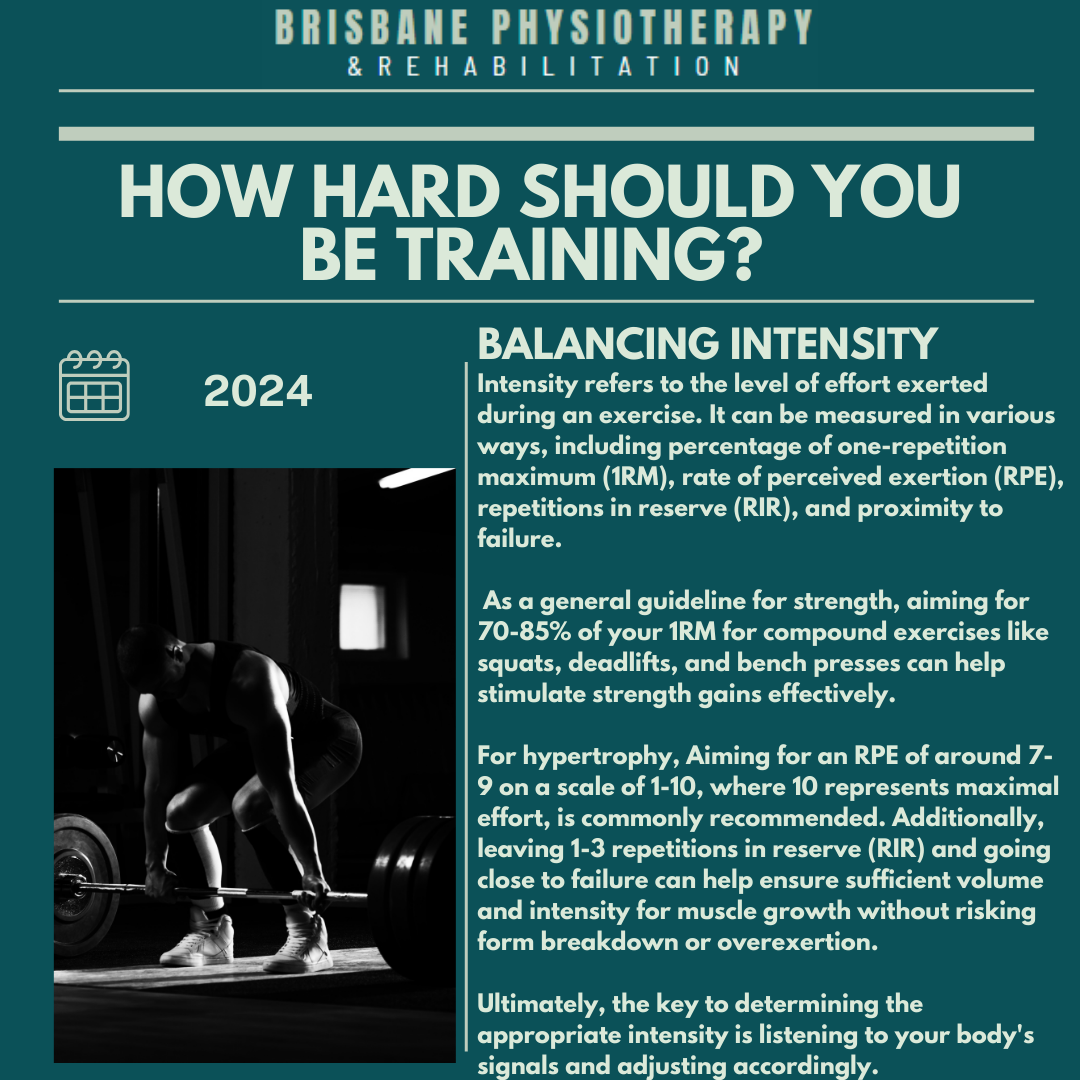
How Hard Should You Be Training – Balancing Intensity
Intensity in the context of strength and hypertrophy training refers to the level of effort exerted during an exercise. It can be measured in various ways, including percentage of one-repetition maximum (1RM), rate of perceived exertion (RPE), repetitions in reserve (RIR), and proximity to failure.

What Is Ankle Impingement
Ankle impingement is a common condition characterised by pain and limited range of motion in the ankle joint. It occurs when soft tissues, such as tendons, ligaments, or joint capsules, become compressed or pinched between the bones of the ankle, leading to irritation and inflammation.
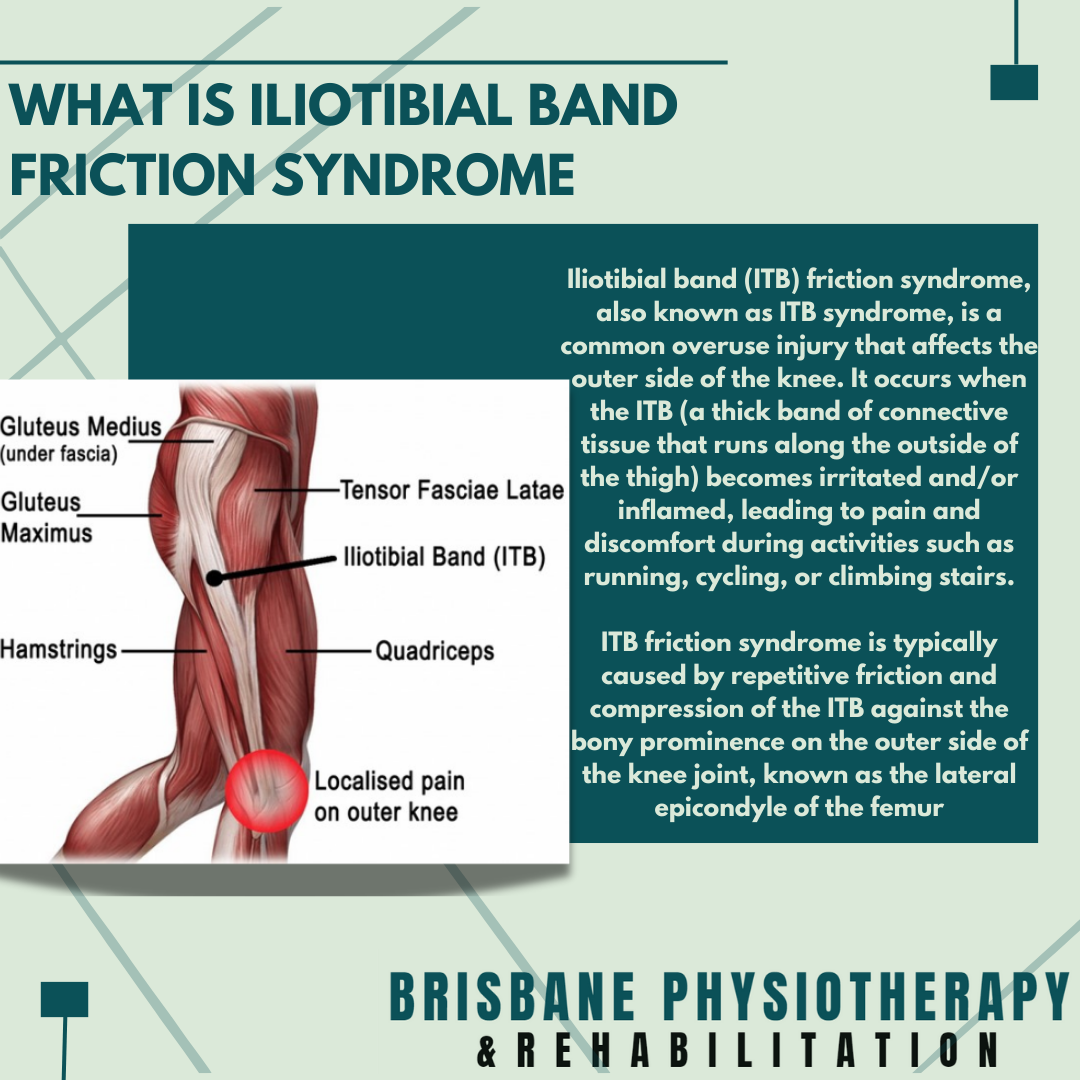
What is Iliotibial Band Friction Syndrome?
Iliotibial band (ITB) friction syndrome, also known as ITB syndrome, is a common overuse injury that affects the outer side of the knee. It occurs when the ITB—a thick band of connective tissue that runs along the outside of the thigh—becomes irritated and/or inflamed, leading to pain and discomfort during activities such as running, cycling, or climbing stairs.
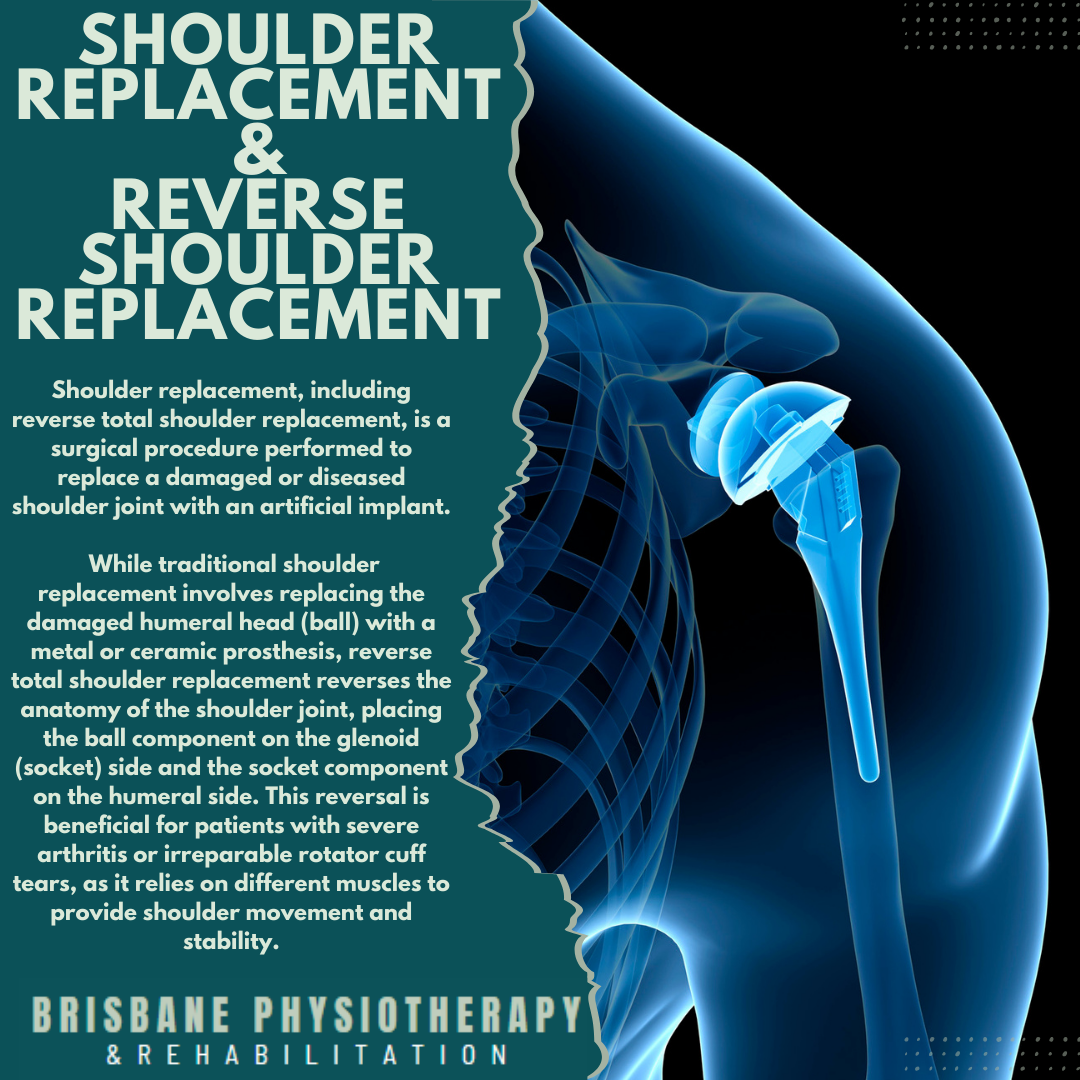
Shoulder Replacement
Shoulder replacement surgery may be recommended for individuals with advanced shoulder arthritis, rotator cuff tears, or traumatic injuries that have not responded to conservative treatments.
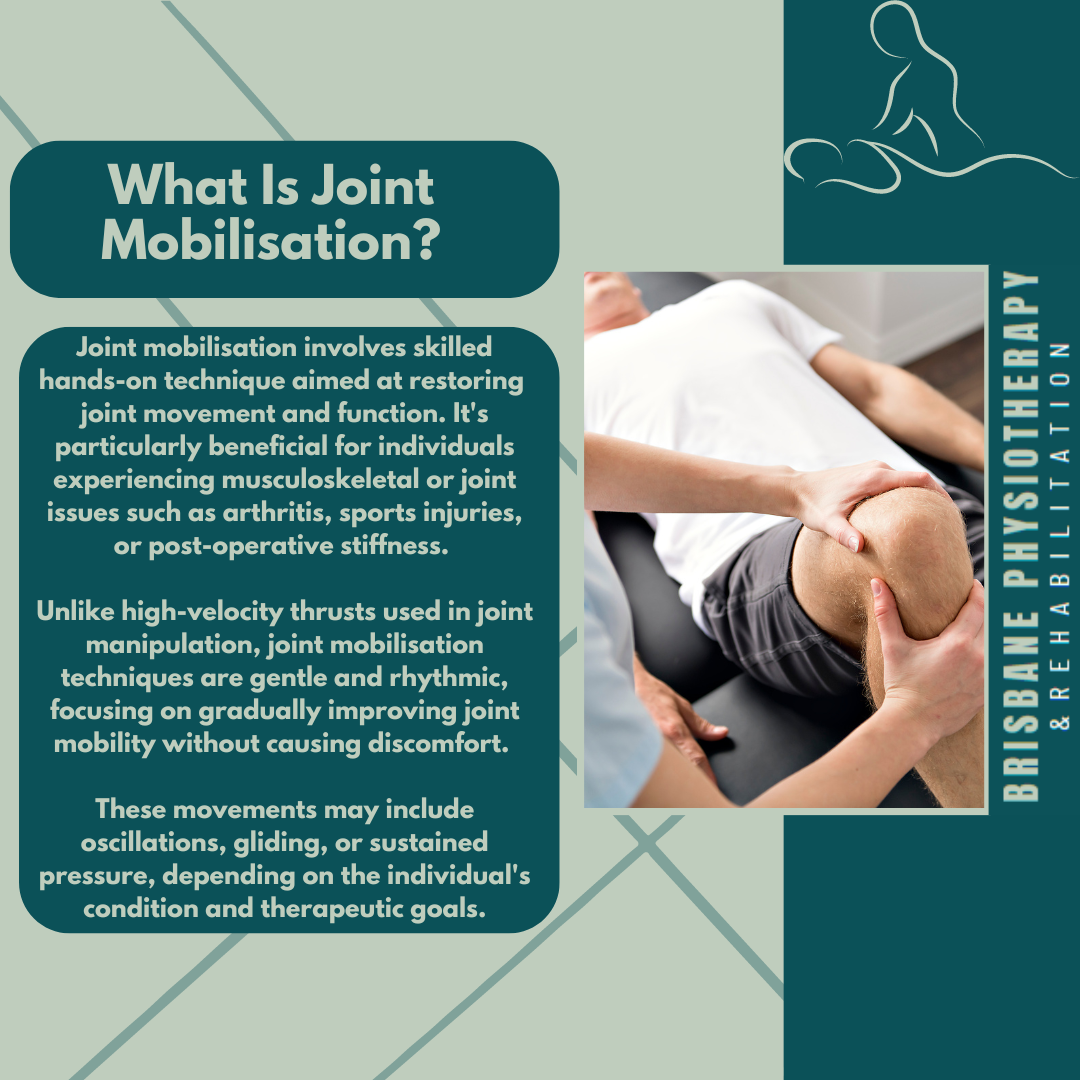
Joint Mobilisation
Joint mobilisation involves skilled hands-on techniques aimed at restoring normal joint movement and function. It's particularly beneficial for individuals experiencing musculoskeletal or joint issues such as arthritis, sports injuries, or post-operative stiffness. Unlike high-velocity thrusts used in joint manipulation, joint mobilisation techniques are gentle and rhythmic, focusing on gradually improving joint mobility without causing discomfort. These movements may include oscillations, gliding, or sustained pressure, depending on the individual's condition and therapeutic goals.

Joint Manipulation in Physiotherapy
Joint manipulation involves applying a controlled force to a joint with the aim of restoring its normal movement and function. It's a technique commonly used to address various musculoskeletal conditions, including back pain, neck pain, and joint stiffness. Unlike joint mobilisation, which employs gentle, rhythmic movements, joint manipulation involves a quick, high-velocity thrust at the end range of a joint
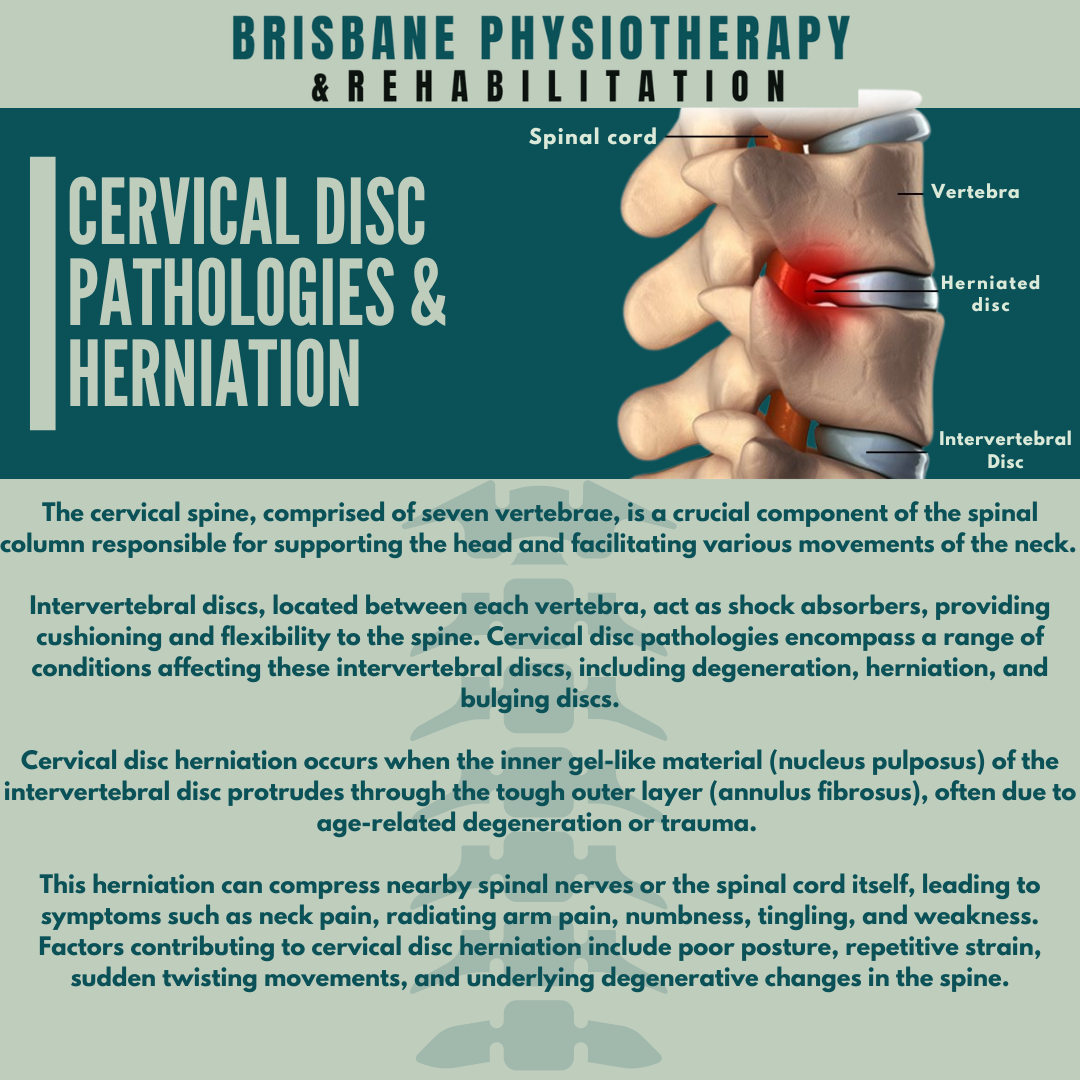
Cervical Disc Pathologies and Herniations
The cervical spine, comprised of seven vertebrae, is a crucial component of the spinal column responsible for supporting the head and facilitating various movements of the neck. Intervertebral discs, located between each vertebra, act as shock absorbers, providing cushioning and flexibility to the spine. Cervical disc pathologies encompass a range of conditions affecting these intervertebral discs, including degeneration, herniation, and bulging discs.

Cluster Headaches
Cluster headaches, though less common than other types, are among the most painful headache disorders. They are characterized by their cyclical patterns or clusters, significantly affecting individuals' quality of life. Understanding the signs, symptoms, causes, and relevant anatomy can help in managing and alleviating this condition.
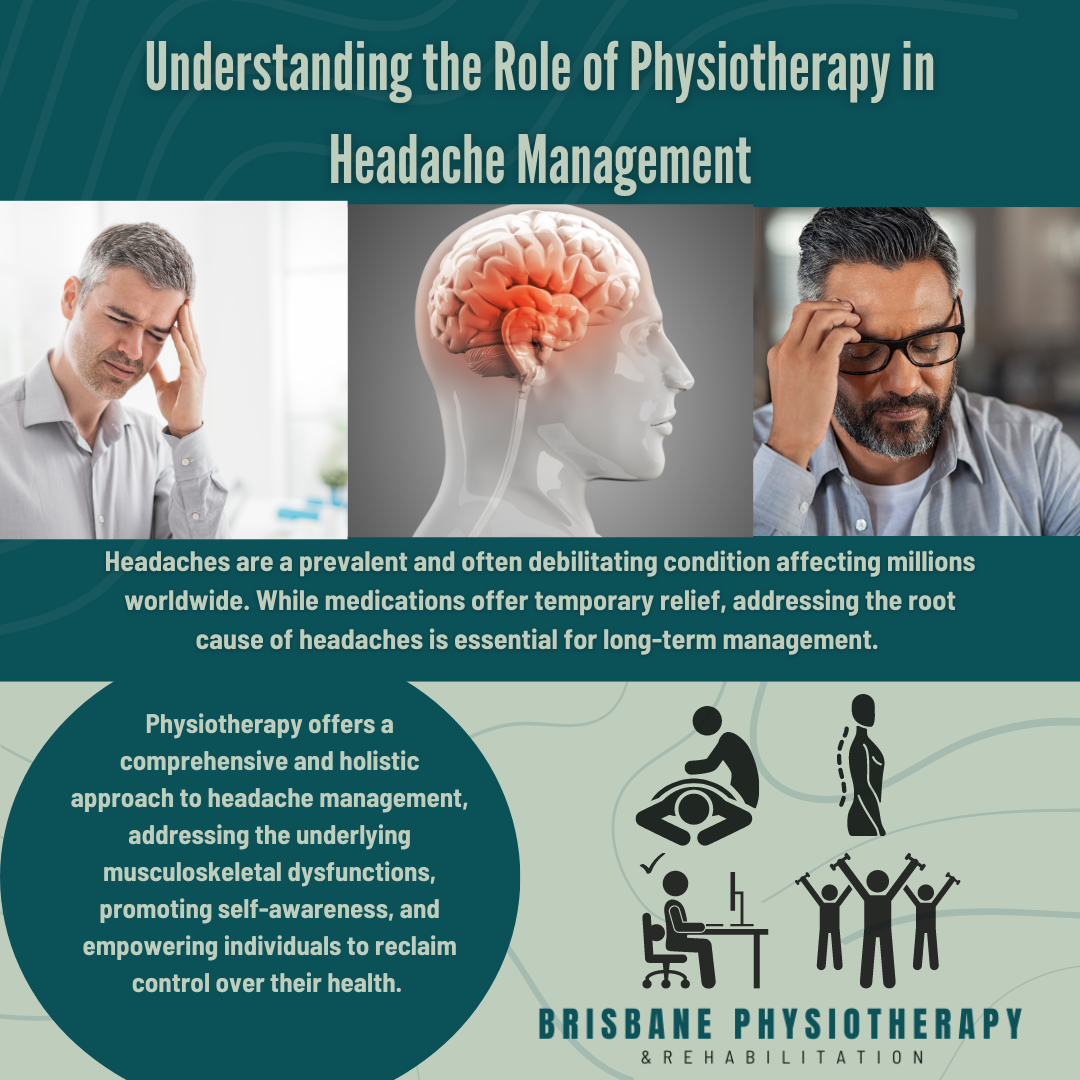
Understanding the Role of Physiotherapy in Headache Management
Headaches are a prevalent and often debilitating condition affecting millions worldwide. While medications offer temporary relief, addressing the root cause of headaches is essential for long-term management. Headaches manifest in various forms, including tension-type headaches, migraines, cervicogenic headaches, and cluster headaches, each with distinct characteristics and triggers. While tension-type headaches are often attributed to muscle tension and stress, migraines involve neurovascular mechanisms, and cervicogenic headaches originate from the cervical spine. Understanding the underlying mechanisms is crucial for tailoring effective treatment strategies.
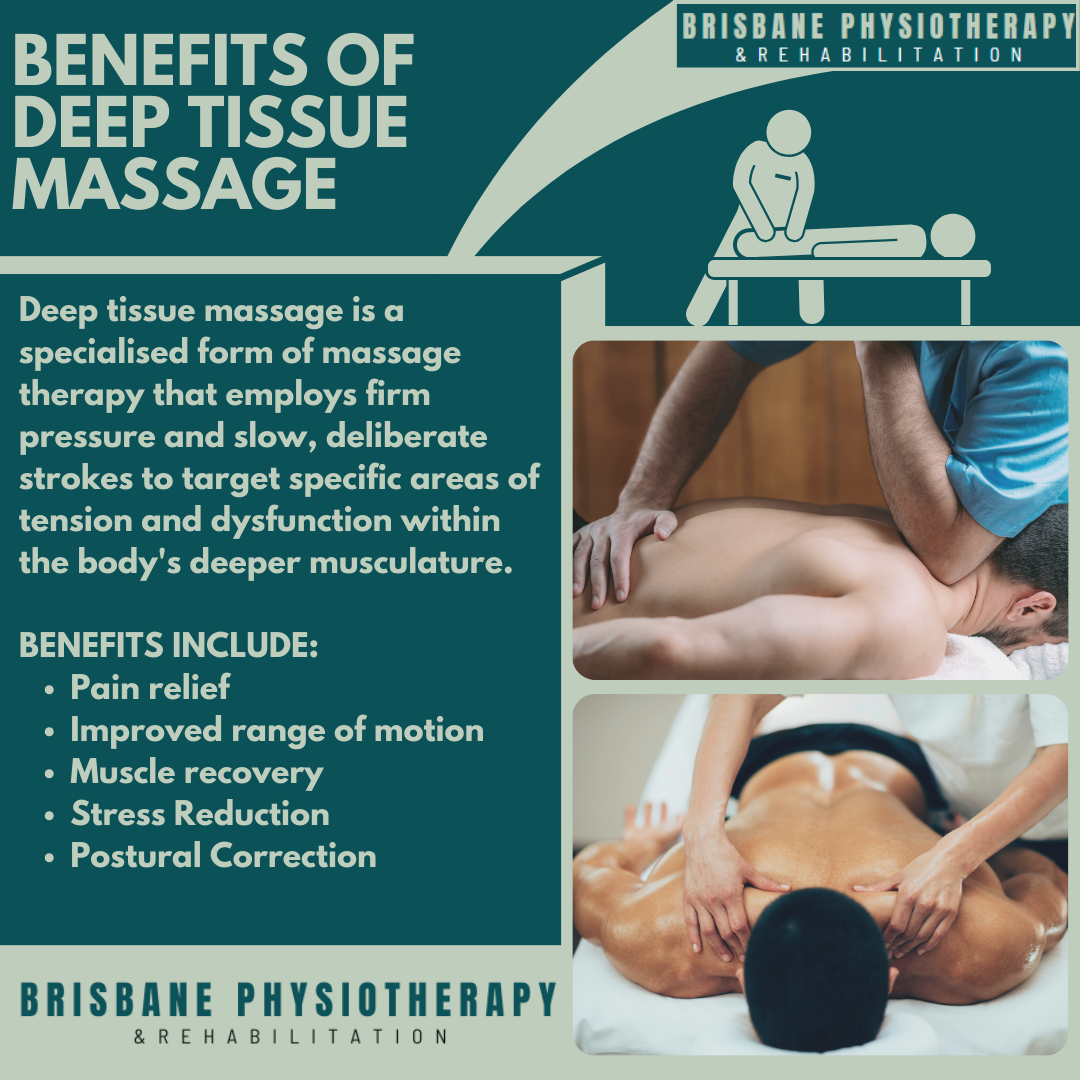
Benefits of Deep Tissue Massage:
Deep tissue massage is a specialised form of massage therapy that employs firm pressure and slow, deliberate strokes to target specific areas of tension and dysfunction within the body's deeper musculature. By applying sustained pressure, friction, and stretching techniques, a skilled therapist can release adhesions, break up scar tissue, and promote improved circulation and tissue healing. Unlike gentler forms of massage, deep tissue massage may elicit some discomfort or "good pain" as tight muscles and adhesions are addressed, but the ultimate goal is to facilitate lasting relief and improved function.
